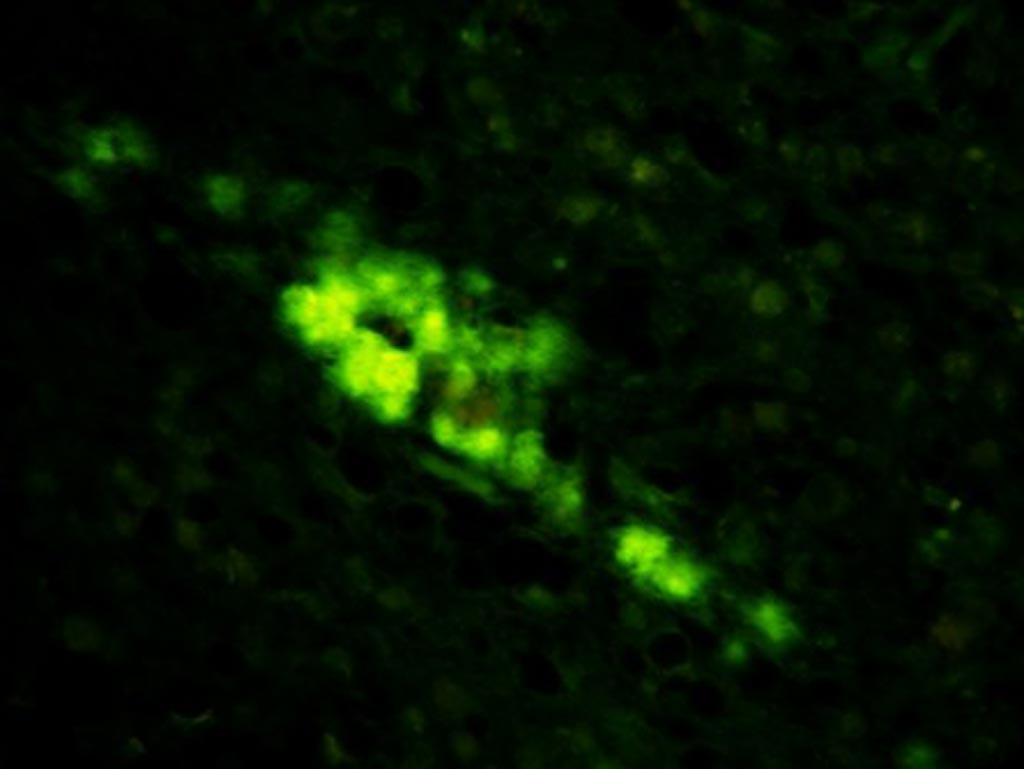Newly Created Prion Seen As Exciting Research Tool
By LabMedica International staff writers
Posted on 20 Jun 2018
A neurodegenerative disease research team has created an exciting new research tool by synthesizing a fully functional, infectious human prion, similar to that causing the fatal progressive neural disorder Creutzfeldt-Jakob disease.Posted on 20 Jun 2018
Heretofore, attempts to generate infectious synthetic human prions have not yet been successful, blocking the pathway to comprehensive understanding of human prion diseases such as sporadic Creutzfeldt-Jakob disease (sCJD).

Image: Synthetic human prions accumulating in the brain of humanized transgenic mice (Photo courtesy of Case Western Reserve University School of Medicine).
In the June 4, 2018, online edition of the journal Nature Communications, investigators at the Case Western Reserve University School of Medicine (Cleveland OH, USA) described studies conducted to repair this lack, by showing that human prions could be synthesized in vitro from bacterially expressed recombinant human PrP (prion protein) in a reaction seeded with sCJD MM1 prions in the presence of a novel cofactor, ganglioside GM1.
The investigators reported that the synthetic human prions that they had made were infectious to transgenic mice expressing non-glycosylated human prion protein, causing neurologic dysfunction after 459 and 224 days in the first and second passage, respectively. The neuropathology, replication potency, and biophysical profiling suggested that a novel, particularly neurotoxic human prion strain had been created.
By comparing the structural organization of these synthetic human prions with that of parent sCJD MM1 prions and noninfectious human prion protein amyloid, the investigators identified domains in PrP that were important for the initiation of replication in vivo, i.e. their infectivity, and for targeting of different anatomical brain structures.
“This accomplishment represents a watershed,” said senior author Dr. Jiri G. Safar, professor of pathology and neurology at the Case Western Reserve School of Medicine. “Until now our understanding of prions in the brain has been limited. Being able to generate synthetic human prions in a test tube as we have done will enable us to achieve a much richer understanding of prion structure and replication. This is crucial for developing inhibitors of their replication and propagation throughout the brain, which is essential for halting prion-based brain disease.”
“Our findings explain at the structural level the emergence of new human prions and provide a basis for understanding how seemingly subtle differences in misfolded protein structure and modifications affect their transmissibility, cellular targeting, and thus manifestation in humans,” said Dr. Safar.
Related Links:
Case Western Reserve University School of Medicine













